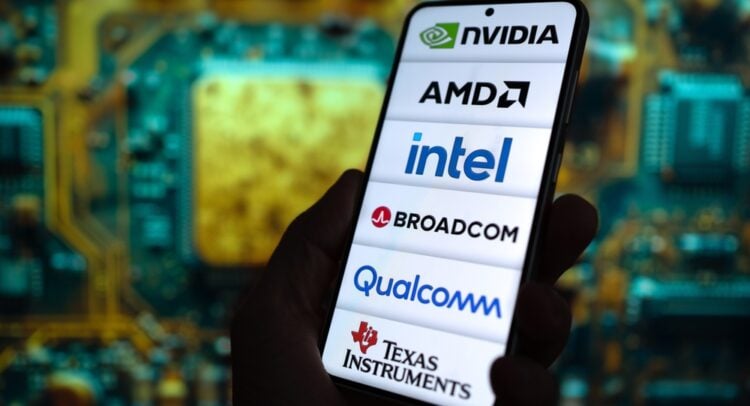A trillion-dollar reason to buy AMD? Citi certainly thinks so, elevating Advanced Micro Devices to the surprising vanguard of the chip sector. But before you dive headfirst into this AI-fueled frenzy, let’s ask: who truly profits from such bold pronouncements, and who’s left holding the bag when the narrative inevitably shifts?
The Real Story
Last week, AMD unfurled its grand vision for 2030, a roadmap so ambitious it sent ripples – and investor capital – through the market. The company’s analyst day projections, lauded by some as “amazing,” painted a picture of relentless growth. Citi, seizing the moment, declared AMD the new semiconductor king, citing “strong investor support.” It’s a convenient alignment: a company unveiling aggressive targets, followed by an investment bank anointing them the leader. This isn’t just about market share; it’s about narrative control in the trillion-dollar AI gold rush. While NVIDIA dominates the current AI compute landscape, AMD’s recent surge, particularly following its detailed financial outlook, is less about current performance and more about future potential – or, more cynically, future storytelling.
“Every cycle has its darling, and every darling gets its breathless cheerleader,” remarked a veteran hedge fund manager, requesting anonymity to avoid market reprisal. “Citi’s call on AMD feels less like a deep dive and more like a push to capture momentum. When projections go out to 2030, you’ve got enough wiggle room to drive the stock today, regardless of what actually materializes tomorrow. It’s a classic play: sell the dream, let others worry about the reality.”
Why It Matters
This isn’t merely academic market analysis; this is high-stakes financial theater. Billions hinge on whether AMD can deliver on its decade-long promises. The “strong investor support” Citi touts directly translates to massive capital inflows, enriching early believers and the institutions facilitating these narratives. The danger? Such aggressive long-term projections, amplified by glowing analyst reports, can inflate valuations far beyond immediate fundamentals. Retail investors, lured by the promise of exponential AI growth and the imprimatur of a major bank, might chase gains only to find themselves exposed to severe volatility should those 2030 dreams hit even a single speed bump. The real money isn’t just in owning the stock; it’s in shaping the perception that makes others want to own it.
The Bottom Line
The buzz around AMD is deafening, fueled by distant promises and timely analyst upgrades. But remember, the market lives in the present, not 2030. If these consensus estimates prove even slightly optimistic, the “strong investor support” could evaporate faster than a data center’s cooling mist, leaving a significant capital void. Watch for cracks in the narrative; the cost of chasing this dream could be profoundly punishing.


